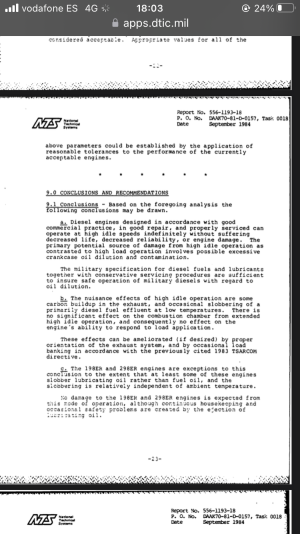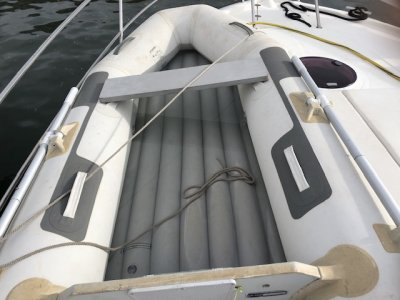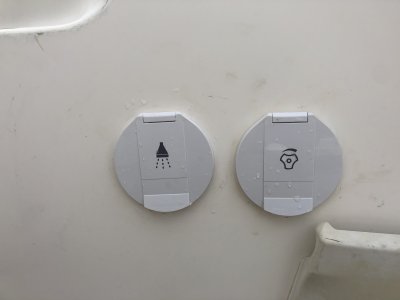Portofino
Well-Known Member
It’s well documented on rigs etc diesel generators run at low loads need overhauling ( opening up ) a lot sooner than those under load .
Back to boats that’s why bigger boats JFM s territory have two different size genys .So its easier to match predicted load to the machine . eg a 10 kva and 30 kva in the same boat .Not 2 x the same size .Of course one runs 24/7 , so unlike the main engines they soon rack up starship hrs .
Back to boats that’s why bigger boats JFM s territory have two different size genys .So its easier to match predicted load to the machine . eg a 10 kva and 30 kva in the same boat .Not 2 x the same size .Of course one runs 24/7 , so unlike the main engines they soon rack up starship hrs .




